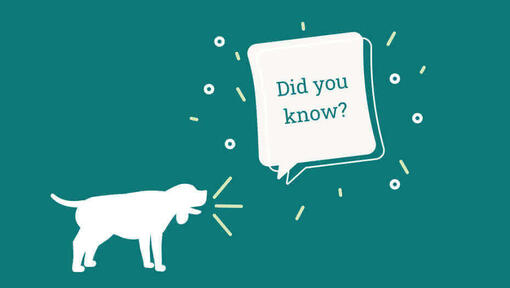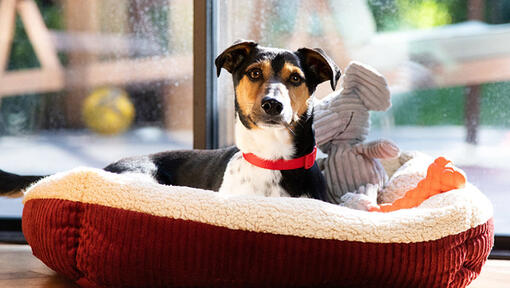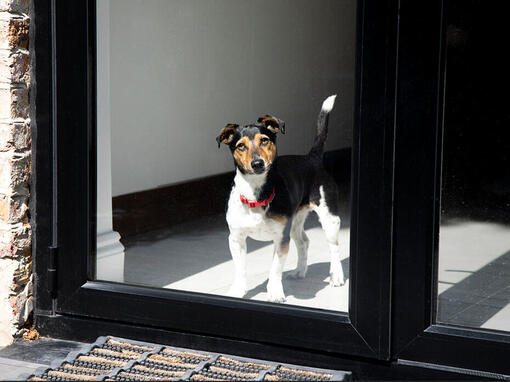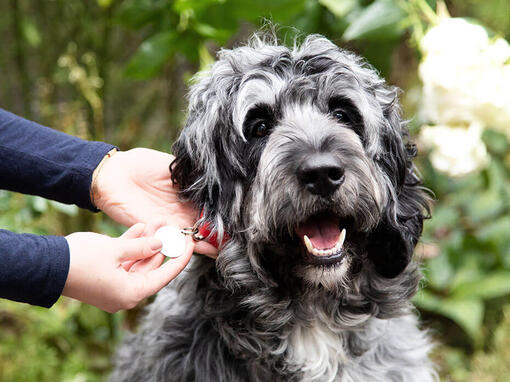History and Origins
Country of Origin: Sweden
One of Sweden’s most popular hound breeds, the Hamiltonstovare was developed in the late 19th century by one of the founders of the Swedish Kennel Club, Count Adolf Hamilton.
Count Hamilton used a mixture of popular hounds to create his perfect breed - particularly the Foxhound, Harrier, Holsteiner and Heidebracke.
Unlike most of their ancestors however, the Hamiltonstovare is not bred to work in a large pack. Instead, they were developed to be used singly or in pairs, to flush fox and hare to waiting guns. First recognised in 1921, the Hamiltonstovare has remained a relatively rare breed, with a core of breed supporters who endeavour to keep the breed going.










